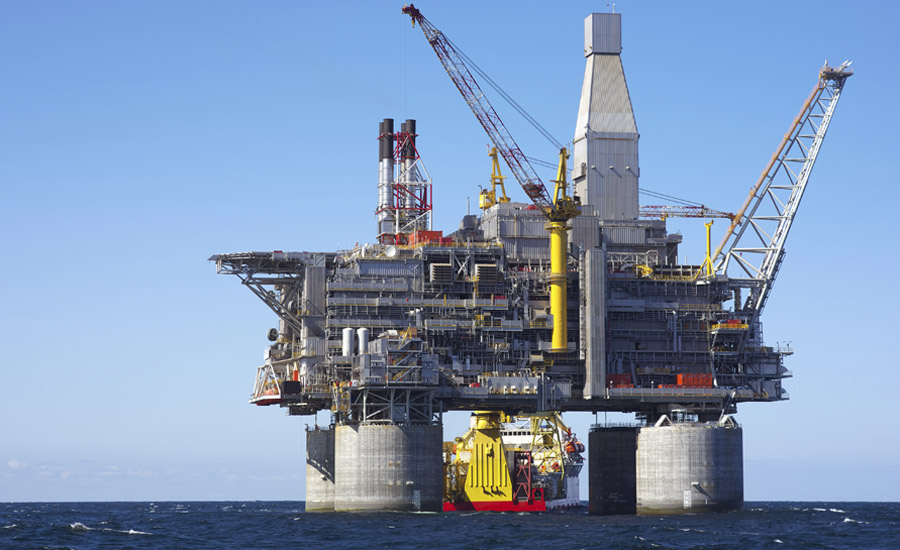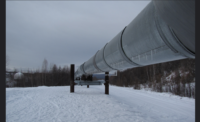Transparency Market Research’s report, titled “Oil and Gas Automation Market – Global Industry Analysis, Market Size, Share, Trends, Analysis, Growth and Forecast 2019,” marks the effort to analyze the effects and needs of automation in the oil and gas sector. The report helps establish a solid foundation for users when it comes to taking strategic business decisions for maintaining a firm foothold in this market.
The major drivers for the global oil and gas automation market include reduction of costs, improved safety standards, higher rate of productivity, and scope of easy additions to the production lines afforded by automation. The primary use of oil and gas automation lies in the distribution and retailing of petroleum products, along with other functions such as production and processing in plants and the commissioning and start-up of the plant.
Oil and gas automation can help fulfill tasks that can be done with little or no human intervention, as well as safely perform the tasks where human safety is a high concern. Most technological advancements have centered on safety and productivity.
Major segments in the global oil and gas automation market are done keeping in perspective the flow computation, use of leakage detection systems, process automation, process instrumentation, and process analysis. In terms of operating modes, the global oil and gas automation market can be segmented into power control systems, midstream, downstream, and upstream.



